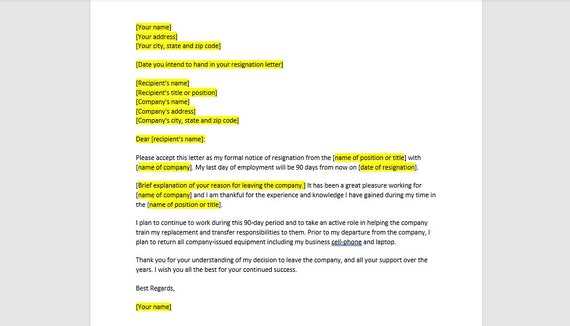What is a 90-Day Letter?
The 90-Day Letter outlines the specific adjustments made by the IRS and provides the taxpayer with a deadline of 90 days to either agree with the proposed changes and pay the additional taxes, or to dispute the findings and request a hearing with the IRS Office of Appeals.
Receiving a 90-Day Letter can be a stressful and concerning situation for taxpayers, as it indicates that the IRS has identified potential issues with their tax return and is seeking additional payment. It is important for taxpayers to carefully review the letter and understand the implications of the proposed changes.
If a taxpayer agrees with the adjustments made by the IRS, they can choose to sign and return the response form included with the 90-Day Letter, along with the payment for the additional taxes owed. This will resolve the matter and prevent further action from the IRS.
However, if a taxpayer disagrees with the proposed changes, they have the option to request a hearing with the IRS Office of Appeals. This allows the taxpayer to present their case and provide supporting documentation to challenge the IRS’s findings. It is important for taxpayers to gather all relevant information and seek professional advice before proceeding with a hearing.
Failure to respond to a 90-Day Letter within the specified deadline can have serious consequences. If the taxpayer does not agree with the proposed changes and fails to request a hearing, the IRS will assess the additional taxes and begin collection efforts, which may include placing liens on the taxpayer’s property or garnishing their wages.
The Process and Implications of a 90-Day Letter

What is a 90-Day Letter?

The purpose of the 90-Day Letter is to notify the taxpayer of the proposed changes to their tax liability and provide them with an opportunity to respond. The letter will outline the specific adjustments made by the IRS and the resulting increase in tax liability.
The Process
Upon receiving a 90-Day Letter, the taxpayer has 90 days to respond and either agree to the proposed changes or dispute them. If the taxpayer agrees with the adjustments, they can sign and return the enclosed response form along with the payment for the additional tax owed.
If the taxpayer disagrees with the proposed changes, they have the option to file a petition with the United States Tax Court. This must be done within the 90-day period specified in the letter. Filing a petition with the Tax Court will initiate a legal process to resolve the dispute between the taxpayer and the IRS.
It is important for taxpayers to carefully review the 90-Day Letter and consult with a tax professional or attorney to determine the best course of action. Failing to respond within the 90-day period or ignoring the letter altogether can result in the proposed changes becoming final and the taxpayer being liable for the additional tax owed.
Implications
Receiving a 90-Day Letter can have significant implications for a taxpayer. If the proposed changes are accepted, the taxpayer will be required to pay the additional tax owed within the specified timeframe. Failure to do so can result in penalties and interest being assessed by the IRS.
If the taxpayer chooses to dispute the proposed changes and files a petition with the Tax Court, they will need to prepare a strong case to support their position. This may involve gathering additional documentation, hiring expert witnesses, and presenting evidence in court.
It is important for taxpayers to understand that the 90-Day Letter is a formal notice from the IRS and should be taken seriously. Ignoring or disregarding the letter can have serious consequences, including the IRS taking further collection actions such as wage garnishment or placing a lien on the taxpayer’s property.

Emily Bibb simplifies finance through bestselling books and articles, bridging complex concepts for everyday understanding. Engaging audiences via social media, she shares insights for financial success. Active in seminars and philanthropy, Bibb aims to create a more financially informed society, driven by her passion for empowering others.
